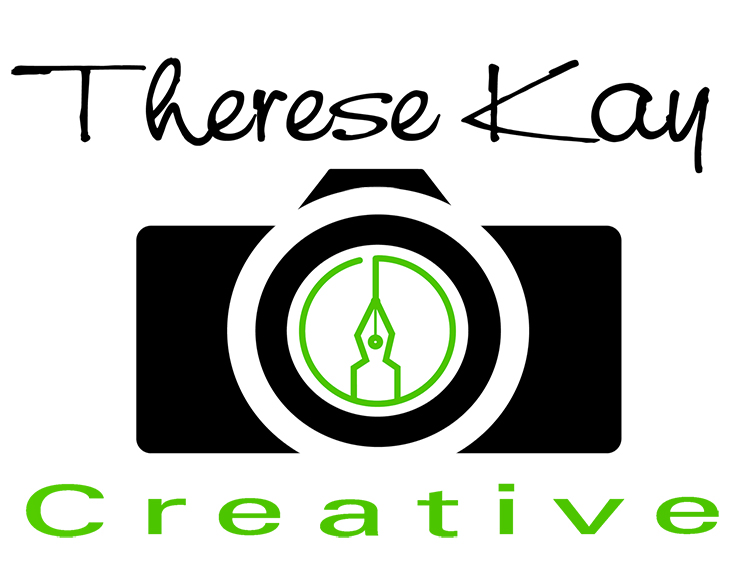Writer Wednesday: Think Quick! Writing for Adult Learners

Busy, Busy, Busy
People are too busy to read. People are too busy to think. People are too busy to learn. Or so it would seem! People are nearly too busy to take a deep breath!
So, how do you write learning materials for people who are just too busy? This topic is a bit of a departure from my norm which tends to be focused on writing for children. The reality is, especially when starting out, you can’t quite live on the income that a children’s book might bring you. So, you need to do other things too! Thus, this topic!
Ten Commandments to Address Adult Learners Needs Quick!
-
Know the audience. Who are you writing this for and what do they need? This will help to streamline the information you include.
-
Know the purpose. What is the purpose of the document you are creating? How will your audience be using the material you create?
-
Is it a quick reference guide?
-
Is it as a support to classroom or online learning?
-
Is it a stand-alone, teach yourself kind of document?
-
-
Set expectations. State the objectives or purpose of the material in clear concise language right up front. Use labels to increase comprehension, retention and focus. A good label should
-
aid in predicting the material to follow it.
-
be short, simple, predictive, and accurate.
-
-
Break it up. Chunk the writing into easily digested, logical pieces. Keep in mind limits of short-term memory. You are not writing for entertainment, but for learning. Consider labeling each chunk.
-
Use a logical sequence. Readers find it easier to follow a sequence in which the events match the order in which they occur. Ensure that related information and functions are clustered together.
-
Keep it short. Keep paragraphs to a scannable length. Be concise and directive with your language and cut out fluff.
-
Be consistent. Consistent formatting, terminology, and wording help learners to better predict content and to find what they are looking for more easily. In learning documents, repetition can be your friend. If you mean the same thing, use the same term.
In the case of learning documents, lack of consistency will slow your learners down and decrease comprehension and retention – the last thing you want! -
Use graphics that are informative and contextual. This is not the place for pretty pictures. Each graphic included should be well thought out, support the information presented, and be with the text it is supporting.
-
Use tables and bulleted or numbered lists in preference to narrative text. Learners will be able to find what they need faster if they can scan the page rather than hunting through paragraphs. Information is organized in a way that can be easily found. Try to limit lists to no more than 9 items to aid in retention.
-
Be selective. Select the best presentation method for each information type. Is it narrative text? Is it the list or table? Is it graphic such as a chart or a drawing?
What about You?
Have you written for adult learning? What conventions do you follow? Is there anything you would add or remove from this list?
